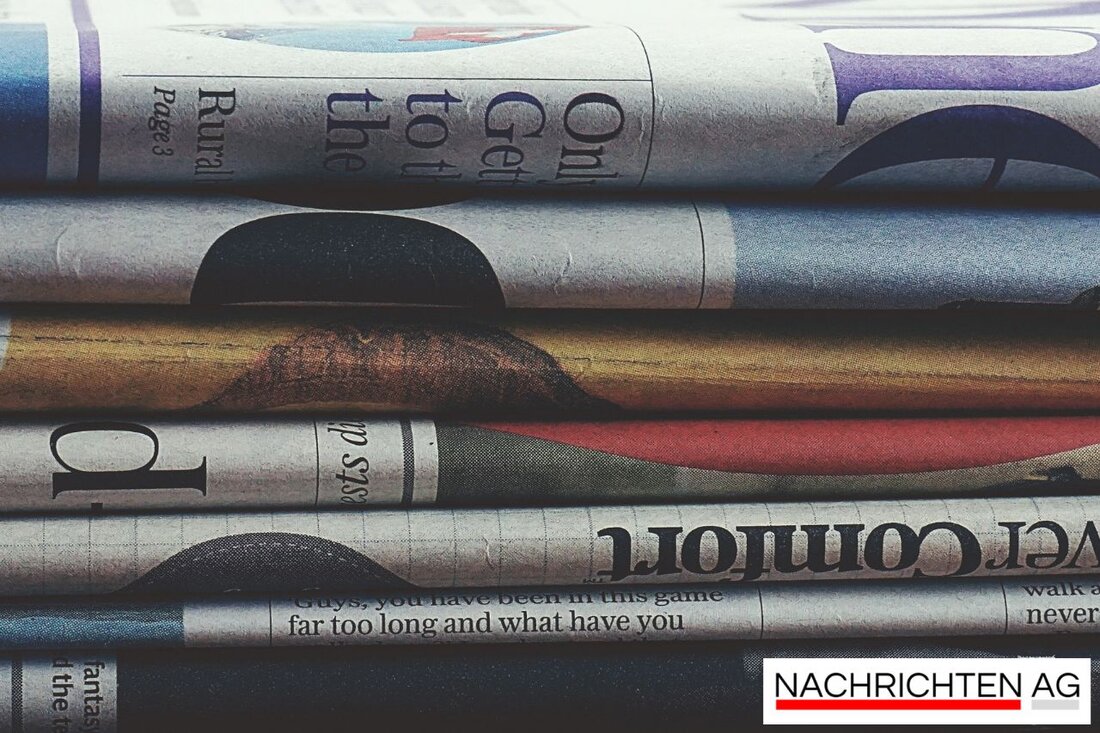Cottbus starts revolutionary 3D surveying for digital city models!
Cottbus uses special measuring vehicles to create a digital twin in order to optimize administration and planning.

Cottbus starts revolutionary 3D surveying for digital city models!
Since July 3, 2025, a comprehensive project to record the entire public traffic area has been started in Cottbus using special measuring vehicles. The aim of the initiative is to create a digital twin of the city that will simplify and accelerate administrative tasks. The vehicles are equipped with state-of-the-art 3D cameras that capture roads, paths, traffic lights, street signs, street furniture and even plants. The recordings are automatically anonymized so that people and vehicle license plates are unrecognizable and are intended exclusively for the internal use of the city administration. The entire journey will take around four weeks and cost around 160,000 euros, of which the city of Cottbus only covers 10%. The majority of the costs are covered by the “Smart City” funding program.
The information about the project in Cottbus is consistent with current trends in urban management. A similar digital model is already being used successfully in many cities, such as Kassel. There, a 3D city model makes it possible to visualize the urban data and significantly simplify urban planning processes. Citizens can access the data to perform calculations and exploration. Kassel began building its model 15 years ago and has gradually developed it further.
Digital twins as important tools
The term “digital twin” has become increasingly popular in recent years, especially in connection with Industry 4.0. These are digital images of real objects that are also applied to urban areas. These digital urban twins include 3D models, real-time data and analysis tools that are invaluable for the planning and design of buildings and neighborhoods. They not only enable a comprehensive inventory of the current state, but also allow various “what if” scenarios to be tested virtually.
- Digitale Zwillinge helfen, entstandene Verhältnisse zu analysieren und simulieren.
- Städtische 3D-Modelle beinhalten alle urbanen Objekte und sind hierarchisch strukturiert.
- CityGML ist der internationale Standard zur Modellierung und Verwaltung dieser 3D-Modelle.
For cities like Cottbus and Kassel, digitalization is not just a fashion changer, but a backbone for the optimal organization of city administration. The example of the solar potential analysis in Munich shows how 3D models can be used not only in urban planning, but also in the analysis of energy efficiency. The use of semantic 3D city models is becoming increasingly essential to enable intelligent, sustainable and effective urban planning.
With the purchase of the measuring vehicles in Cottbus and the progress in other cities, those responsible are looking forward to a future in which digital models will revolutionize urban planning and thus contribute to smarter cities. Comprehensive data collection can not only optimize existing plans, but also pave the way for new creative urban development solutions.
In the coming years, this initiative could be a blueprint for many other cities in Germany and beyond. The future of urban planning is digital, and the cities that take the step in this direction now will reap the fruits of their labor later.
For more information about the projects in Cottbus, you can read this article from rbb24. Anyone interested in the 3D city model in Kassel can find more details on the official Kassel website. For a comprehensive overview of digital twins in urban planning, visit the Treffpunkt Kommune website.

 Suche
Suche
 Mein Konto
Mein Konto